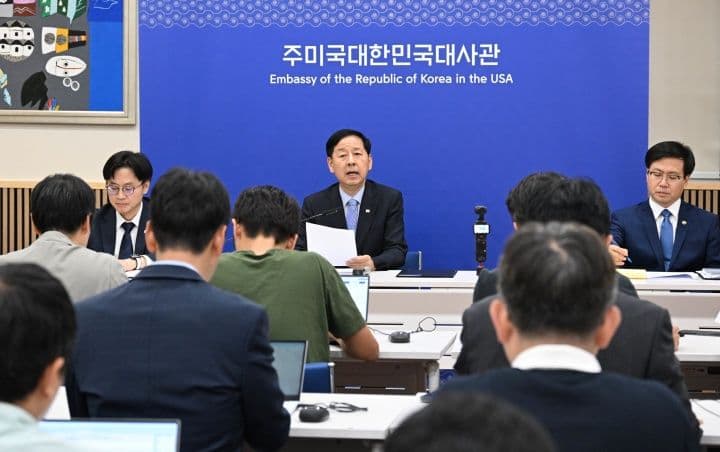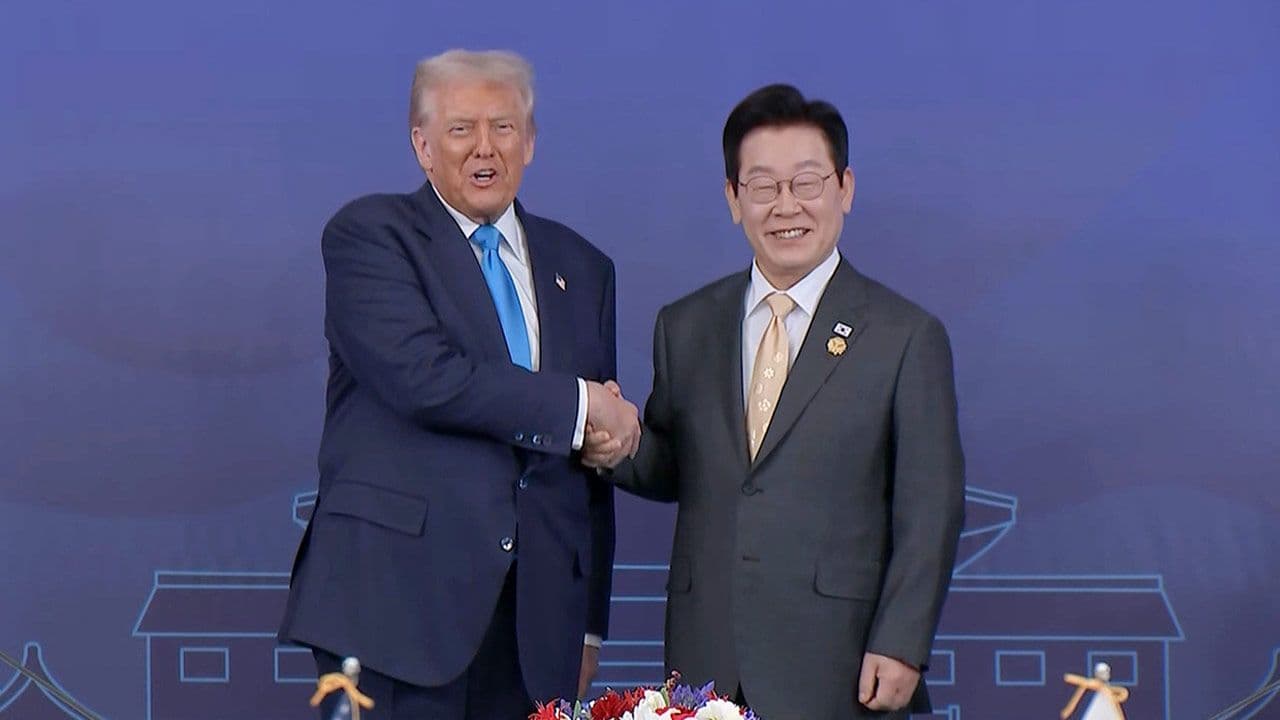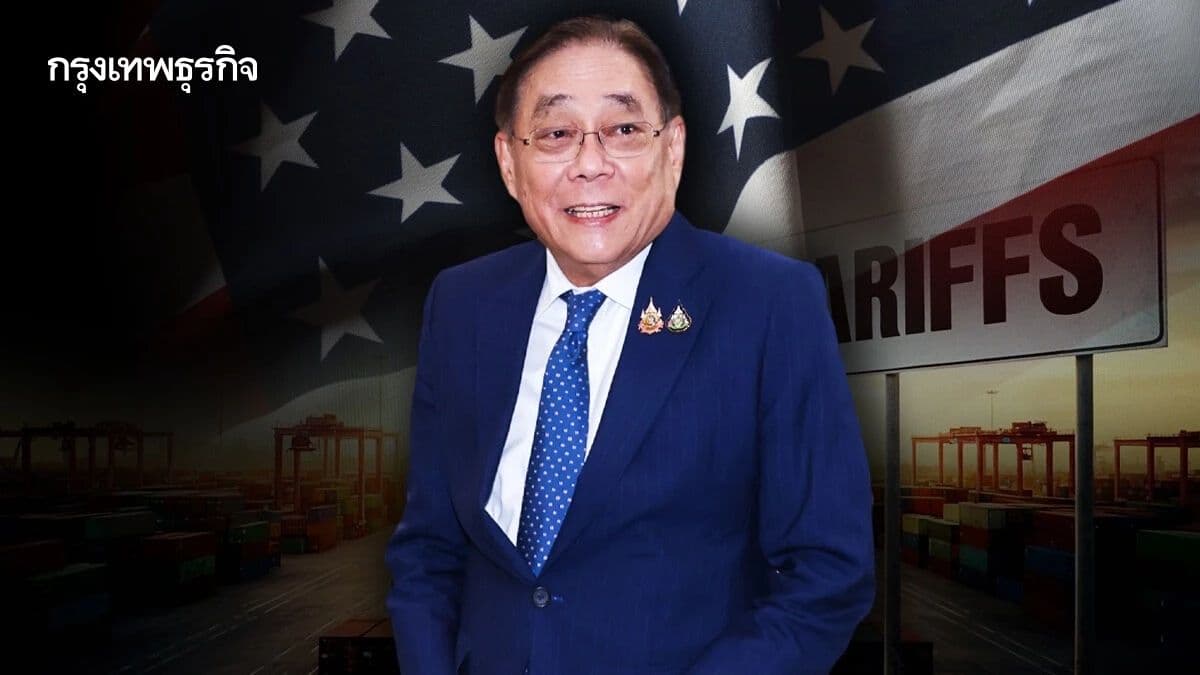Seoul's Strategic Gambit: How Investment Becomes the New Currency in Global Trade Deals
Unpack South Korea's bold trade strategy: massive investments reshaping global deals. Discover how Seoul navigates US tariff talks, pioneering a new bilateral economic blueprint.
The Evolving Landscape of International Trade
The global trade arena is undergoing a profound transformation, moving beyond the conventional focus on tariffs and quotas. We're witnessing a paradigm shift where economic influence is increasingly wielded through strategic investments and resource commitments, rather than just border taxes. The recent trade discussions, particularly those involving major economies like the under the , have highlighted this trend. Protectionist sentiments have intensified, leading to a complex web of bilateral negotiations where traditional free trade principles often take a backseat to national interests and transactional deals. In this environment, the old rulebook seems to be constantly rewritten, compelling nations to explore innovative ways to secure their economic futures and maintain competitive export environments. It’s no longer just about the price of goods crossing borders; it's about the flow of capital, technology, and essential resources, making financial pledges a potent new currency in diplomatic exchanges.

South Korea's Billion-Dollar Bet: Investment as a Trade Lever
's recent trade agreement with the serves as a prime example of this evolving dynamic. Seoul has committed a staggering $350 billion in investments towards U.S.-owned and controlled projects, a move explicitly aimed at stabilizing its export landscape. A significant portion of this, $150 billion, is earmarked for a dedicated U.S.-Korea shipbuilding cooperation fund, signaling a deep, strategic alignment in a key industrial sector. Beyond direct investments, Korea has also pledged to purchase $100 billion worth of U.S. liquefied natural gas (LNG) and other energy products. These aren't mere commercial transactions; they are carefully calculated financial gambits designed to grease the wheels of trade negotiations. By injecting substantial capital and committing to long-term resource acquisition, South Korea is effectively using its economic might to secure favorable trade terms, demonstrating that financial firepower can be as influential, if not more so, than traditional tariff adjustments.
Navigating Red Lines: Protecting Domestic Sectors Amidst Concessions
While South Korea's commitments are substantial, the agreement also reveals a shrewd balancing act to protect sensitive domestic sectors. The deal sees the U.S. reducing tariffs on Korean automobiles to 15%, a crucial concession for Korea's powerhouse auto industry, which faces significant export uncertainty. In return, Korea has agreed to fully open its markets to a broad range of American products, including cars, trucks, and agricultural goods. However, a notable victory for Seoul is the explicit agreement not to further open its highly protected rice and beef markets. This demonstrates a clear strategy: leverage significant investments and energy purchases to mitigate broader tariff threats and secure vital market access for key exports, while simultaneously drawing firm red lines around politically sensitive domestic industries. It's a pragmatic approach, sacrificing some market openness for the greater good of export stability and agricultural protection.
A New Blueprint for Bilateralism? Global Implications
The trade agreement could well be a harbinger of a new era in international economic relations. In a world increasingly wary of multilateral frameworks and prone to transactional diplomacy, this deal offers a compelling blueprint for bilateral engagement. Nations facing similar pressures from protectionist policies may look to Seoul's strategy as a viable path forward. Instead of protracted debates over tariff schedules, future trade negotiations might increasingly revolve around direct investment pledges, long-term resource purchase agreements, and strategic industrial collaborations. This model suggests a shift from broad, rules-based trade to more targeted, quid-pro-quo arrangements, where economic leverage is directly tied to capital flows and strategic resource commitments. It signals a potential fragmentation of global trade norms, where economic partnerships are forged not just on trade balances, but on shared investments and mutual resource security.
The Road Ahead: Opportunities and Challenges for Korean Industries
For South Korean industries, this landmark agreement ushers in a period of both significant opportunity and considerable challenge. The immediate benefit is a reduction in export uncertainty, particularly for its critical automotive sector, which gains a clearer path to the U.S. market with a manageable 15% tariff. The $150 billion shipbuilding fund and the $100 billion LNG purchase commitments also promise deepened industrial cooperation and secure energy supplies, fostering long-term stability and growth in these strategic areas. However, these massive financial outlays represent a considerable cost, and the full market opening to U.S. products will undoubtedly intensify competition for domestic industries. Navigating this new landscape will require Korean companies to adapt swiftly, focusing on innovation and efficiency to capitalize on the secured market access while withstanding increased foreign competition at home. The long-term success of this strategic gambit hinges on its ability to translate these costly commitments into sustainable economic growth and enhanced global competitiveness.
Related Articles

The Price of Stability: Unpacking Korea's Sweeping Economic Commitments to the US

The Price of Stability: Unpacking Korea's Sweeping Economic Commitments to the US

The Unseen Architects of Agreement: Decoding Global 타결 in a Volatile Era

The Unseen Architects of Agreement: Decoding Global 타결 in a Volatile Era

Beyond Tariffs: Unpacking the US-Thai Grand Bargain of 2025

Beyond Tariffs: Unpacking the US-Thai Grand Bargain of 2025

Unlocking Global Trade: IBK's Strategic Play for Korea's Export SMEs
